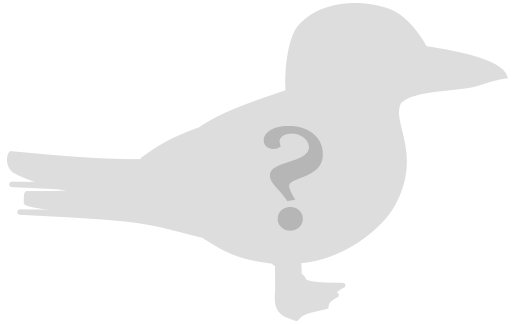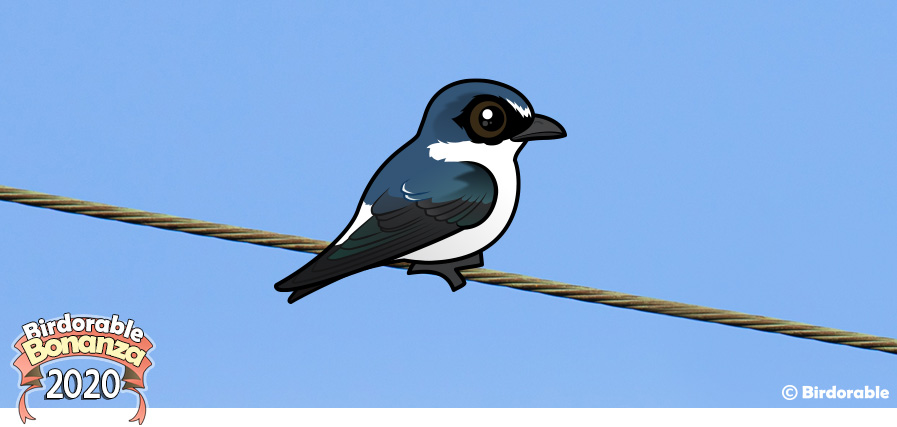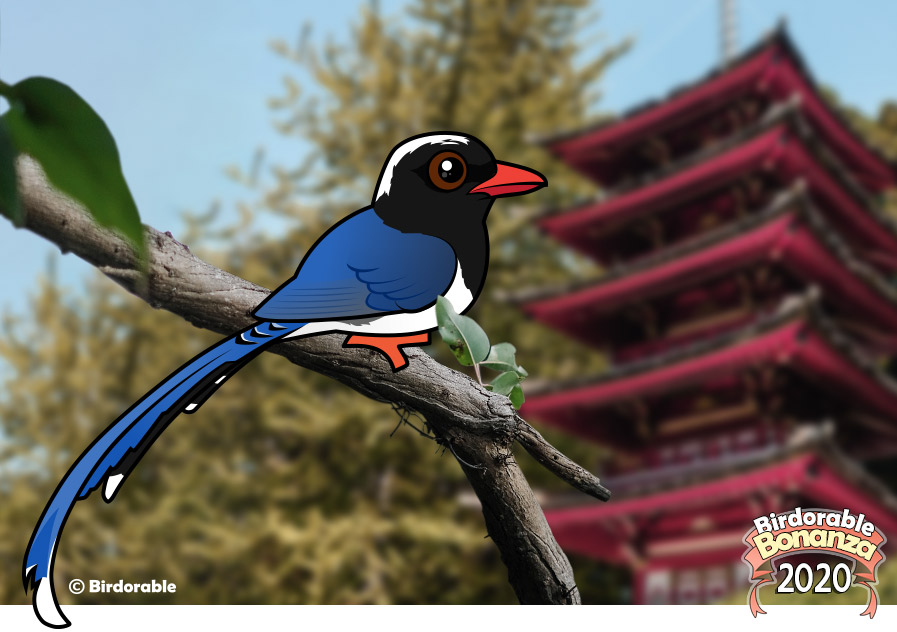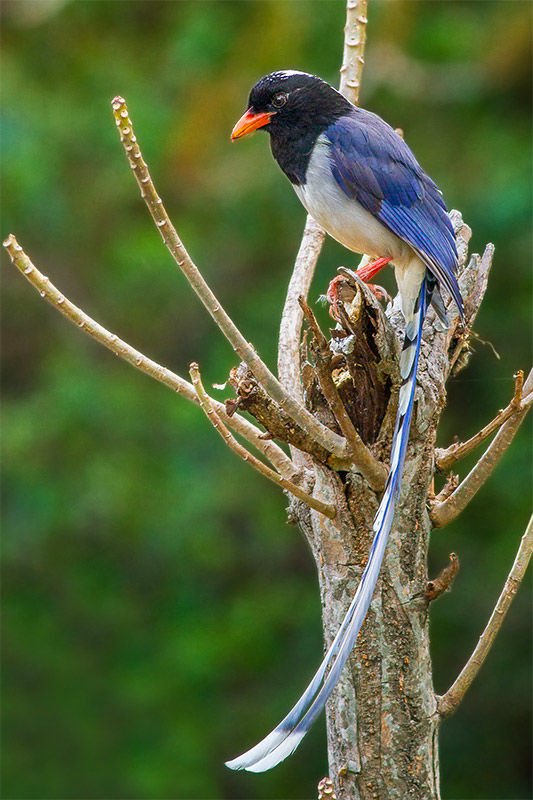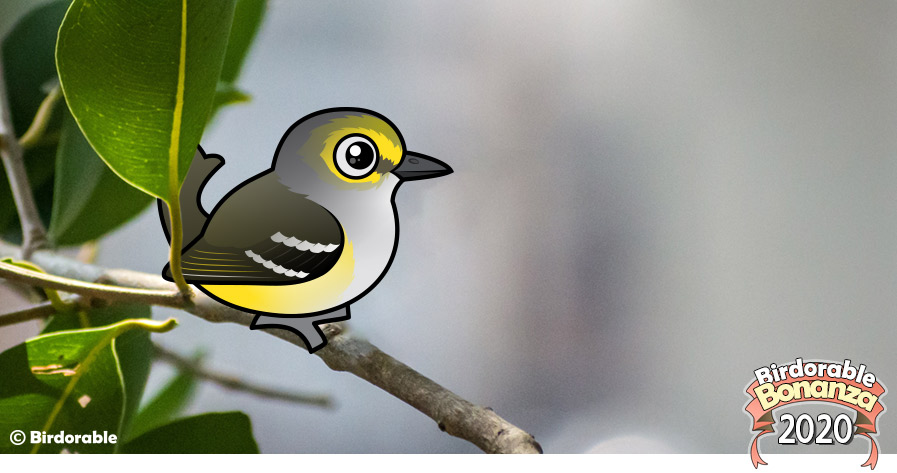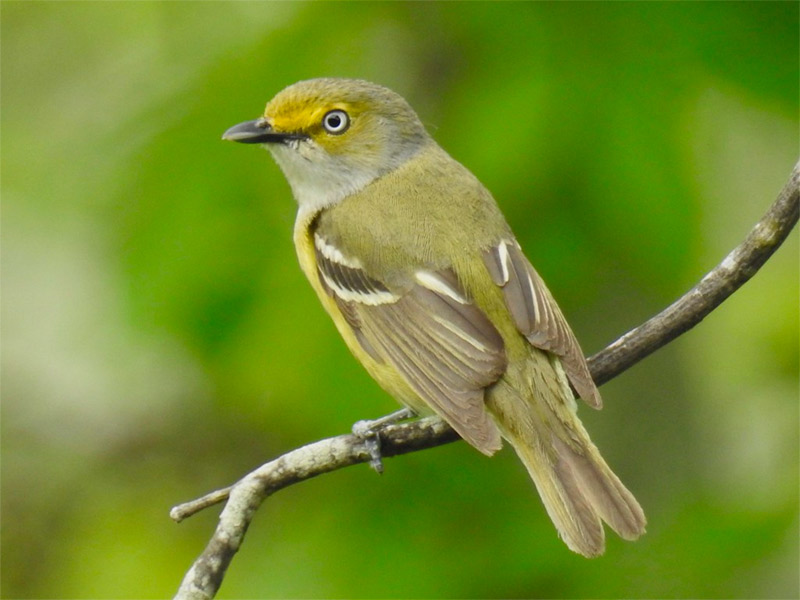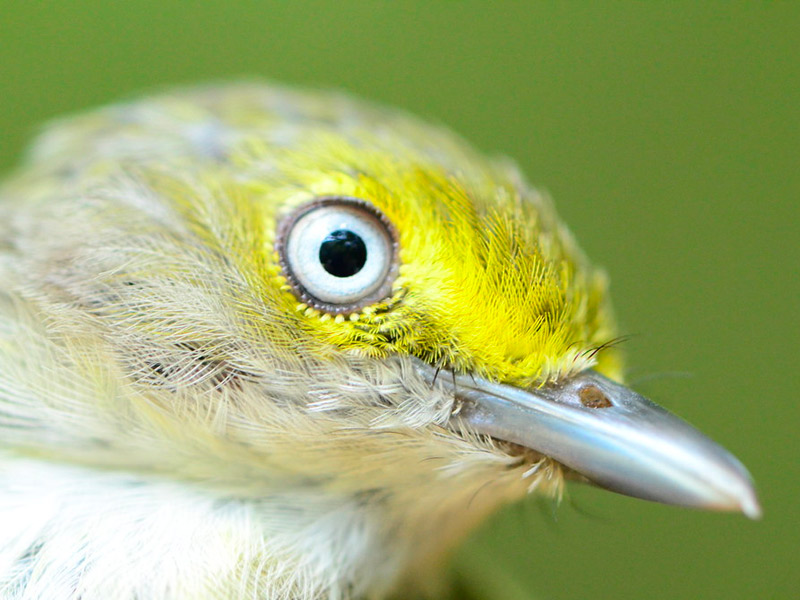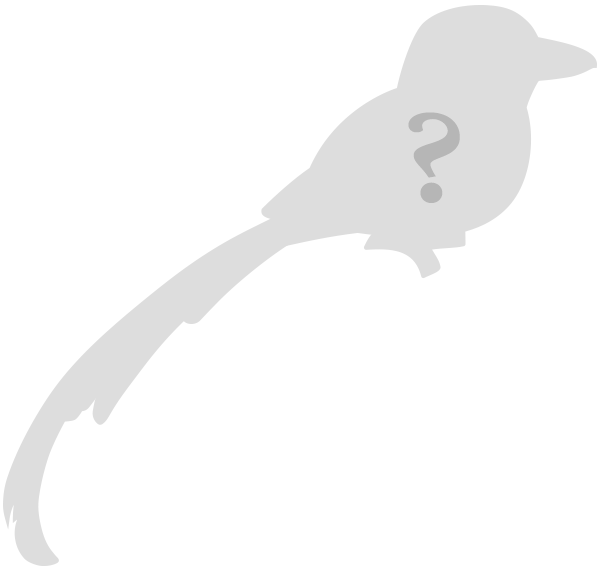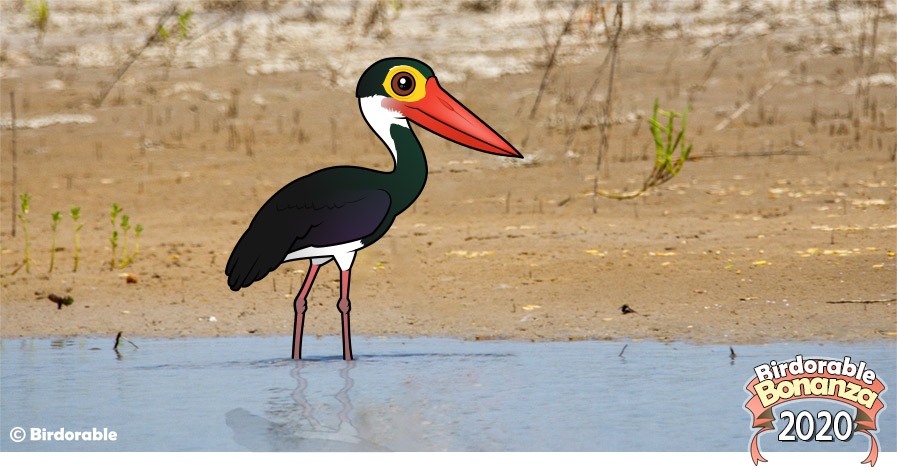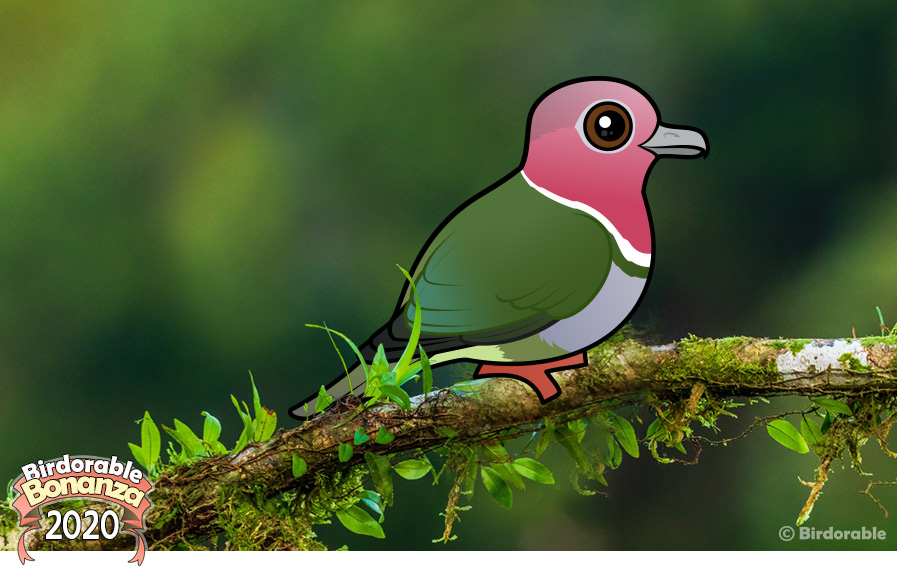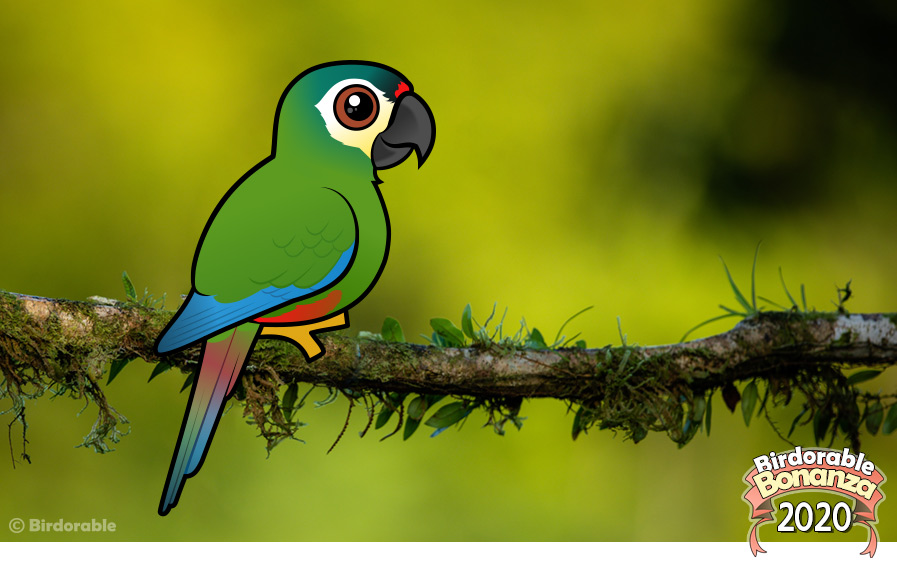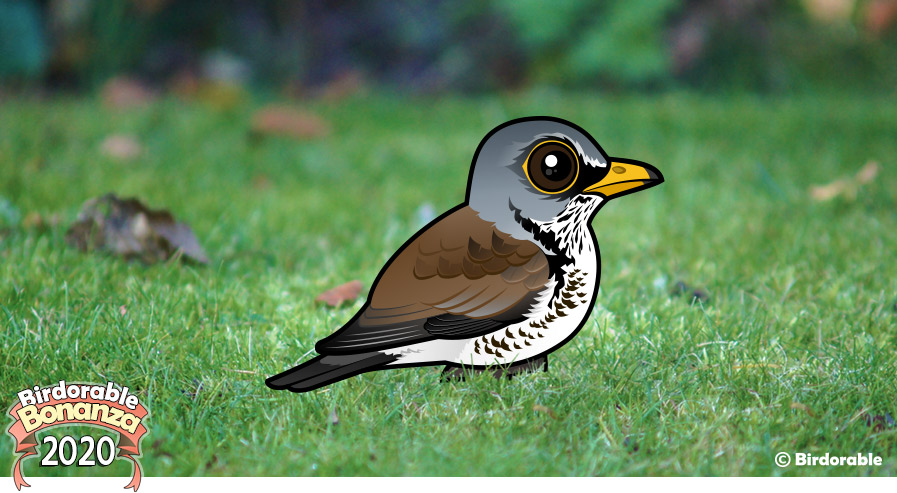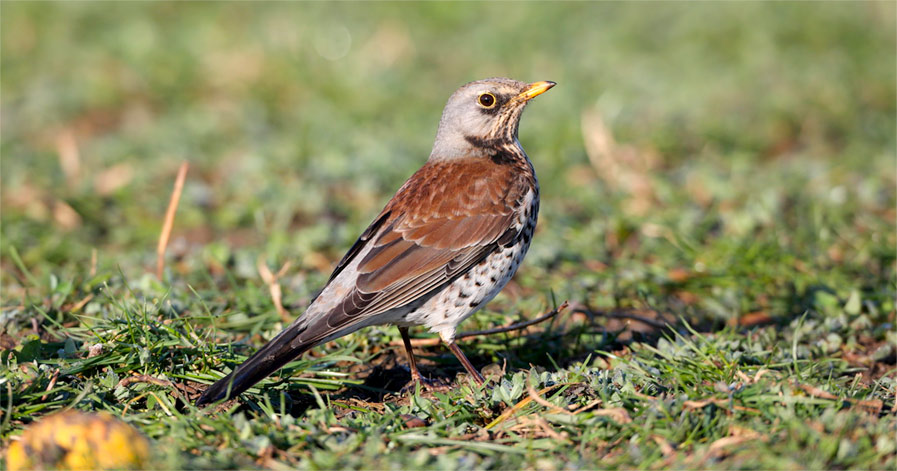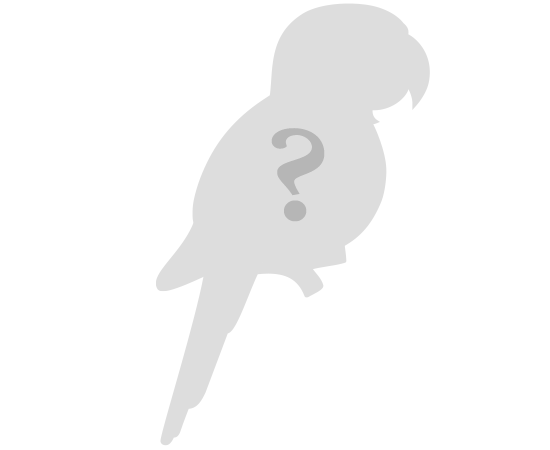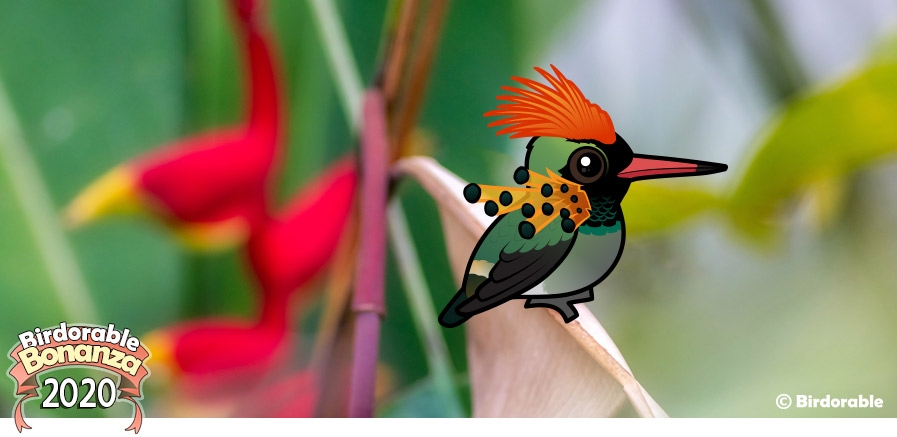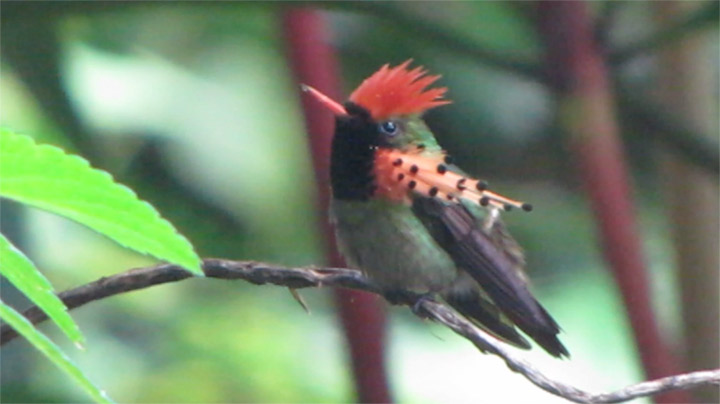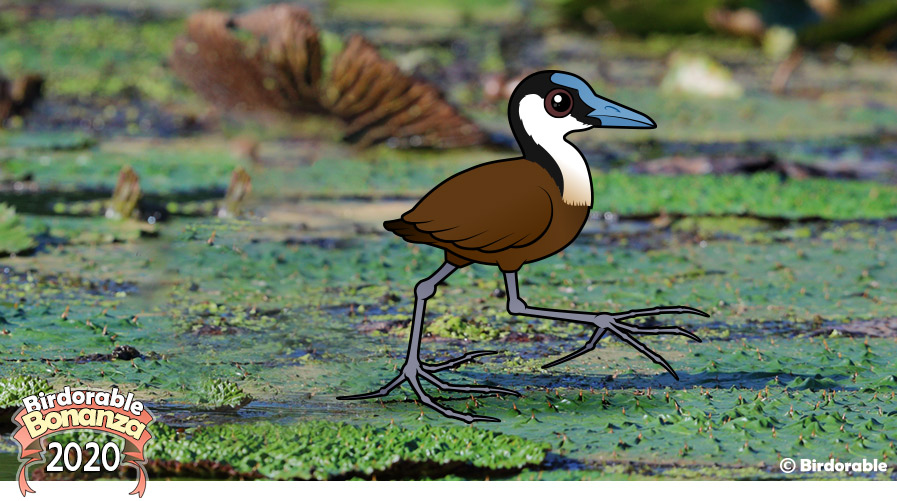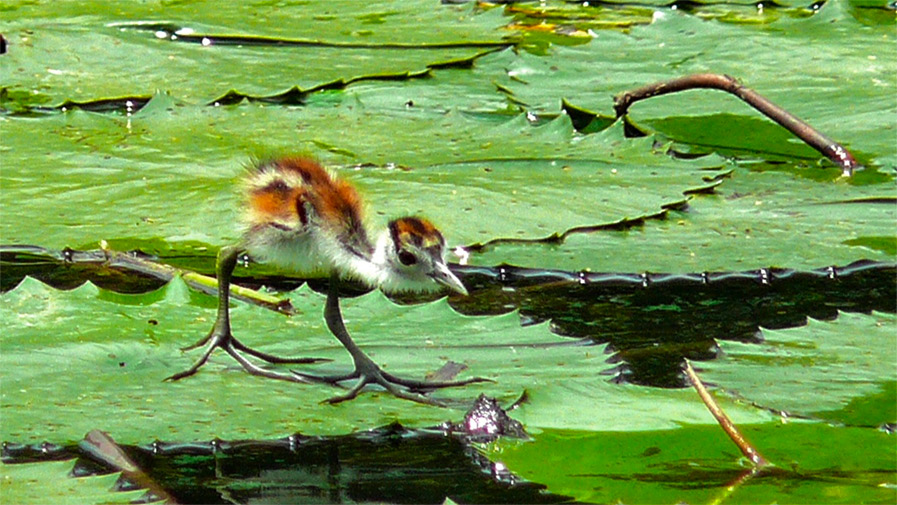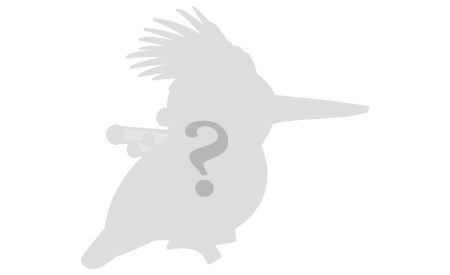2020 Bonanza Bird #17
White-faced Whistling-Duck: Bridging Continents with its Range
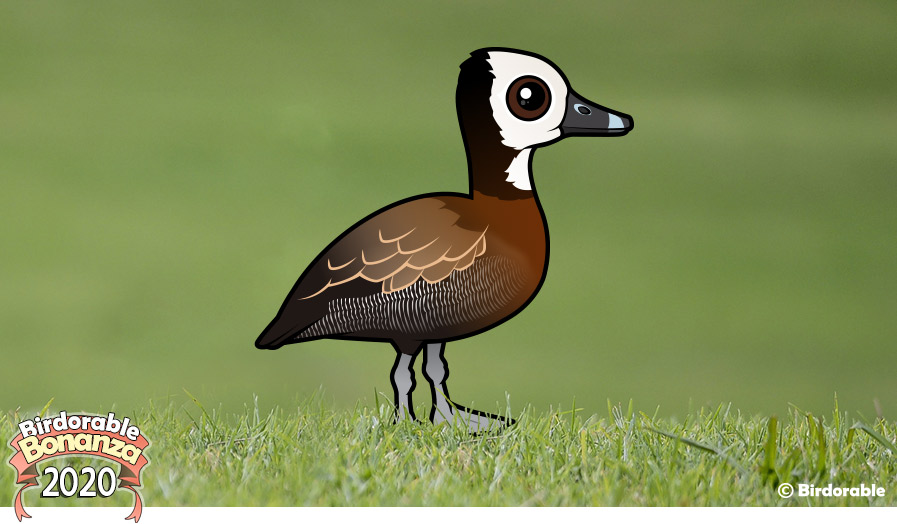
Today’s new Birdorable is one of eight species of Whistling-Duck in the world. The White-faced Whistling-Duck joins the family!
White-faced Whistling-Ducks have an interesting range that includes large areas on two continents. They are found around freshwater habitat in sub-Saharan Africa and throughout much of South America. Their disjointed populations are a source of speculation among experts, some of whom believe that human interference may have brought the ducks across the pond.
Other species of Whistling-Duck include the Fulvous and Black-bellied, both of which are found in North America. The family gets their name from their distinct, un-duck-like, whistling calls. Whistling-Ducks are known to be gregarious, forming large roosting flocks.
Another name for this bird family is “tree duck”, as many Whistling-Ducks nest in trees. This alternative family name doesn’t apply to the White-faced, however, as they mostly nest on the ground.
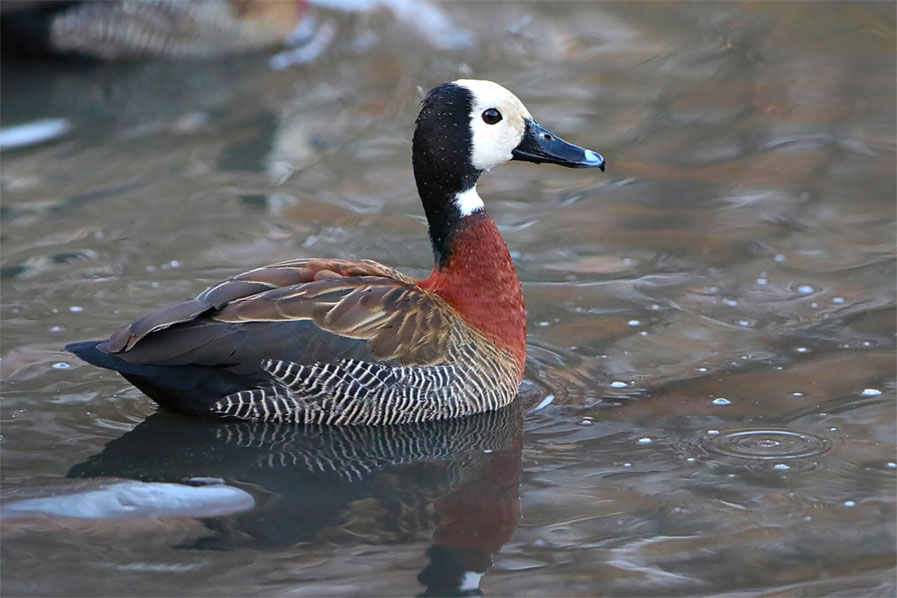
Tomorrow we’ll add a species of tern with a name that sounds like it might be ready for marriage. Or perhaps they have equestrian dreams? Can you guess the species based on our silly wordplay clue?
